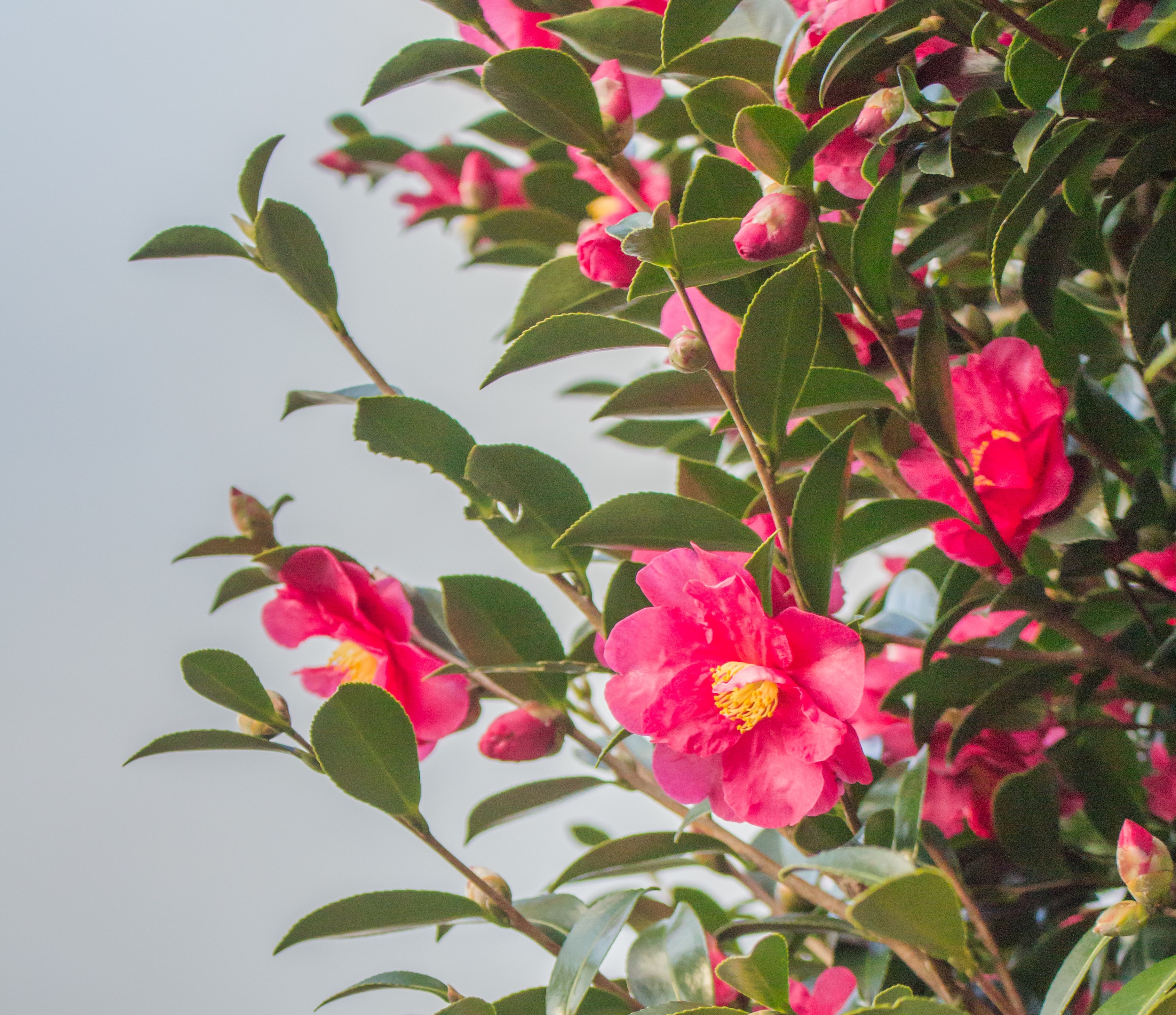5 Reasons Your Camellia Didn't Bloom
Learn how to make your camellia bloom

If your camellias didn’t bloom this year, the most common reasons are frost damage and pruning at the wrong time of year.
Frost damage
Camellia buds develop in the summer, which in proper conditions will flower the following spring. A hard frost where temperatures are a few degrees below freezing is generally what damages the buds. Camellias are most susceptible to frost damage in the early fall and late spring. This is because the plant is not fully winterized and is not expecting a hard frost at these times of year. In spring the buds are actively developing into flowers and a frost can stop this process in its tracks, leaving no flowers that year. In the fall the buds are actively growing and getting bigger and a frost can stop this process too. Once buds are damaged, they cannot be salvaged, it is best to cut off the dead buds to promote the plant to regrow new ones for next year. If you’re expecting an early, late, or severe frost this year, protect your camellias by applying a layer of quality mulch around the base of the plant before the first frost, and wrapping the plant in horticultural fleece.
Pruning
Pruning at the incorrect time of year can also prevent your camellias from flowering. Camellias should be pruned right after flowering, as new buds begin to develop in the summer after their spring bloom. If pruning is done after new buds have already developed, then no flowers can be produced in the next flowering season. Do not prune your camellias at any other time of year. If you’ve pruned your camellias at the incorrect time, then you will have to wait until the following summer for new buds to develop.
Fertilizing
Fertilizing your camellia too much can promote growth of foliage but prevent the flowers from growing. If you do choose to use some fertilizer on your camellias, be sure to choose a camellia specific fertilizer. Camellias generally do not require fertilizing, but it can be useful for camellias planted in pots or in low-nutrient soil. Mulching regularly is a more effective way to achieve a healthy camellia than applying fertilizer.
Sunlight
Camellias will flower best when planted in partial sun. Too much sun can cause the flowers to burn, while too much shade can prevent optimal flower growth. Optimal sunlight is also somewhat dependent on your climate. If you are in a warmer climate, then camellias should be able to tolerate more shade, whereas if you are in a colder climate, then they should be able to tolerate a bit more sunlight.
Soil conditions
Unfavourable soil conditions may be another reason why your camellias aren’t flowering. The best soil conditions for camellias is a slightly acidic, nutrient dense, and well-draining soil. Unfavourable soil conditions can easily prevent your camellias from flowering as it may be lacking nutrients. To avoid damage from soil, plant your camellias near other plants with the same soil and watering requirements.
